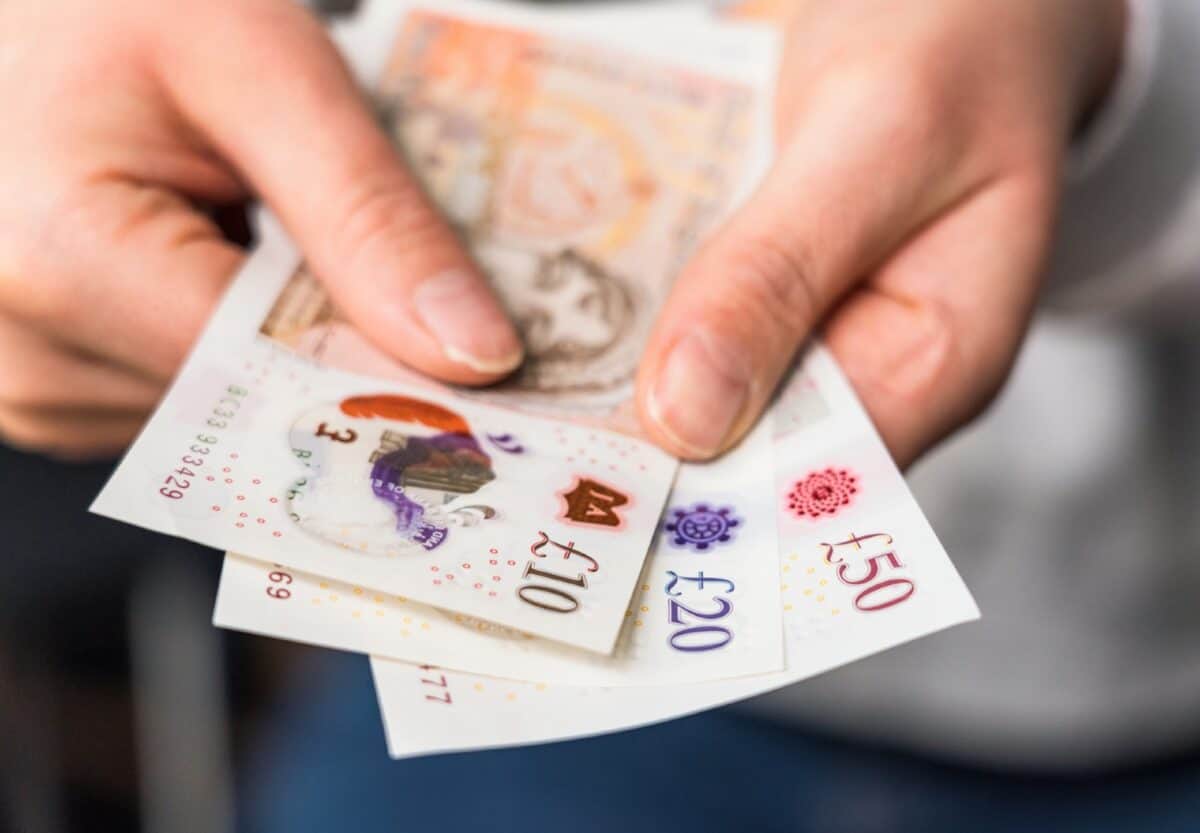
Image source: Getty Images
Passive income can be one of the major attractions of owning a Stocks and Shares ISA. If I stuffed my ISA full of high-yield shares, I might earn thousands of pounds annually in dividends. Then again I might not – and suffer capital loss to boot – if those shares slash their dividends because they are unsustainable.
Vodafone has announced plans to do that. The FTSE 100 telecoms giant has a yield of 10.6% now, but says it will halve the dividend from next year. If I want to turn my ISA into a passive income machine, just looking for high-yield shares seems like a misguided strategy. My focus would be on finding strong businesses with shares at an attractive price that I hope can maintain their yields.
Casting the net wide
To hit £2,290 of passive income next year, I would need to earn an average yield of 11.5% on a £20K Stocks and Shares ISA. That is far above the 3.7% yield of the FTSE 100, or 3.3% of the FTSE 250.
Still, some shares in those indexes come close. FTSE 100 member Phoenix yields 10.9%, while British American Tobacco and M&G are both on 9.7%. In the junior index, NextEnergy Solar Fund yields 10.8% and Ithaca Energy 25.3%!
Ithaca’s unusually high yield is an immediate red flag to me. It did not pay a dividend before last year and that year’s payout per share was almost double the basic earnings per share. A proposed deal to buy North Sea assets could help the company grow earnings, but an energy price crash is a key risk.
Clearly I do like some of these shares, though: British American Tobacco and M&G are both in my portfolio, as indeed is Vodafone despite the looming dividend cut.
The role of investment trusts
Some of those shares could help get me close to the 11.5% target yield. But they will not actually help me reach it.
However, I reckon I could bridge the gap owning some higher-yielding shares in investment trusts.
Consider as an example a share I own, Income and Growth Venture Capital Trust (LSE: IGV). Currently, its yield is 15%.
Will that last? Nobody knows, as with any dividend. The trust aims to pay a dividend per share of at least 6p annually, equivalent to a 9% yield at today’s share price. It has hit that goal in each of the past 12 years. Often, the trust has paid a higher dividend per share (11p last year, for example). It can be even higher: 2020 saw 14p a share.
Helping me hit the £2,290 target
By investing in early stage and growing companies for the long term, the investment trust has been able to earn money to help fund such dividends. That proven strategy continues to deliver, although it means earnings can vary significantly from one year to the next.
Another risk for the dividend outlook is a proposed merger with other investment trusts. It remains unclear what that might mean for the level of any future dividends.
Still, by owning a mixture of high yield blue-chip FTSE 100 companies and some investment trust shares in my ISA, I think I could hopefully hit my passive income target next year.












